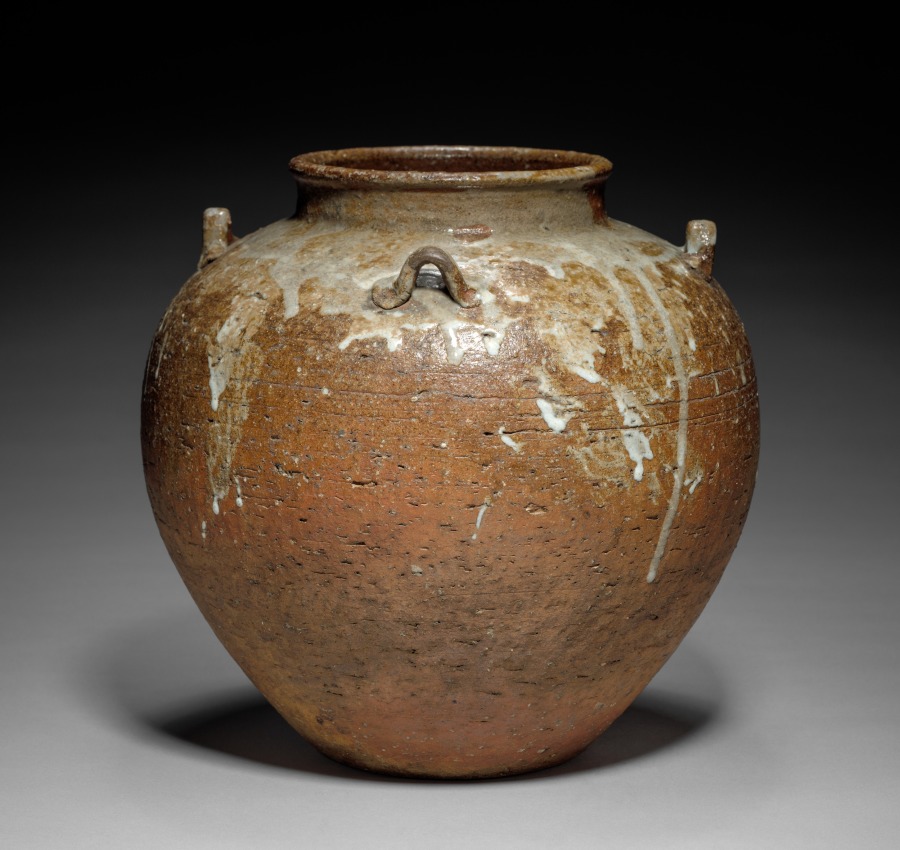| schema:description 10 | "id: 149406" |
| schema:description | "wall_description: After studying ceramics in the Seto and Awataguchi areas, Ninsei returned to his birthplace, Kyoto, where he established a kiln near the gates of the Buddhist temple Ninnaji. In Japan’s medieval era, ceramicists did not sign their works; however, Ninsei placed his seal on his ceramics, an unprecedented action that was decidedly modern for the time. Although he is best known for elaborately glazed and painted works, this tea storage jar, its shape known as a tsubo, is left simple and mostly undecorated. It is a Shigaraki utsushi—a work inspired by the shapes of Shigaraki ware but potted with refined Kyoto methods and using clay from the capital. It would have suited a tea master interested in a rustic yet polished aesthetic....(more)" |
| schema:description | "culture: Japan, Edo period (1615-1868)" |
| schema:description | "measurements: Diameter: 28.7 cm (11 5/16 in.); Overall: 28.3 cm (11 1/8 in.)" |
| schema:description | "collection: Japanese Art" |
| schema:description | "inscription: Ninsei seal impressed in the clay on bottom." |
| schema:description | "creditline: Purchase from the J. H. Wade Fund" |
| schema:description | "type: Ceramic" |
| schema:description | "tombstone: Tea Storage Jar, mid- to late 1600s. Nonomura Ninsei (Japanese, active 1600s). Stoneware with white glaze (Shigaraki style); diameter: 28.7 cm (11 5/16 in.); overall: 28.3 cm (11 1/8 in.). The Cleveland Museum of Art, Purchase from the J. H. Wade Fund 1978.6...(more)" |
| schema:description | "technique: Stoneware with white glaze (Shigaraki style)" |

